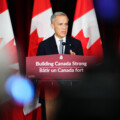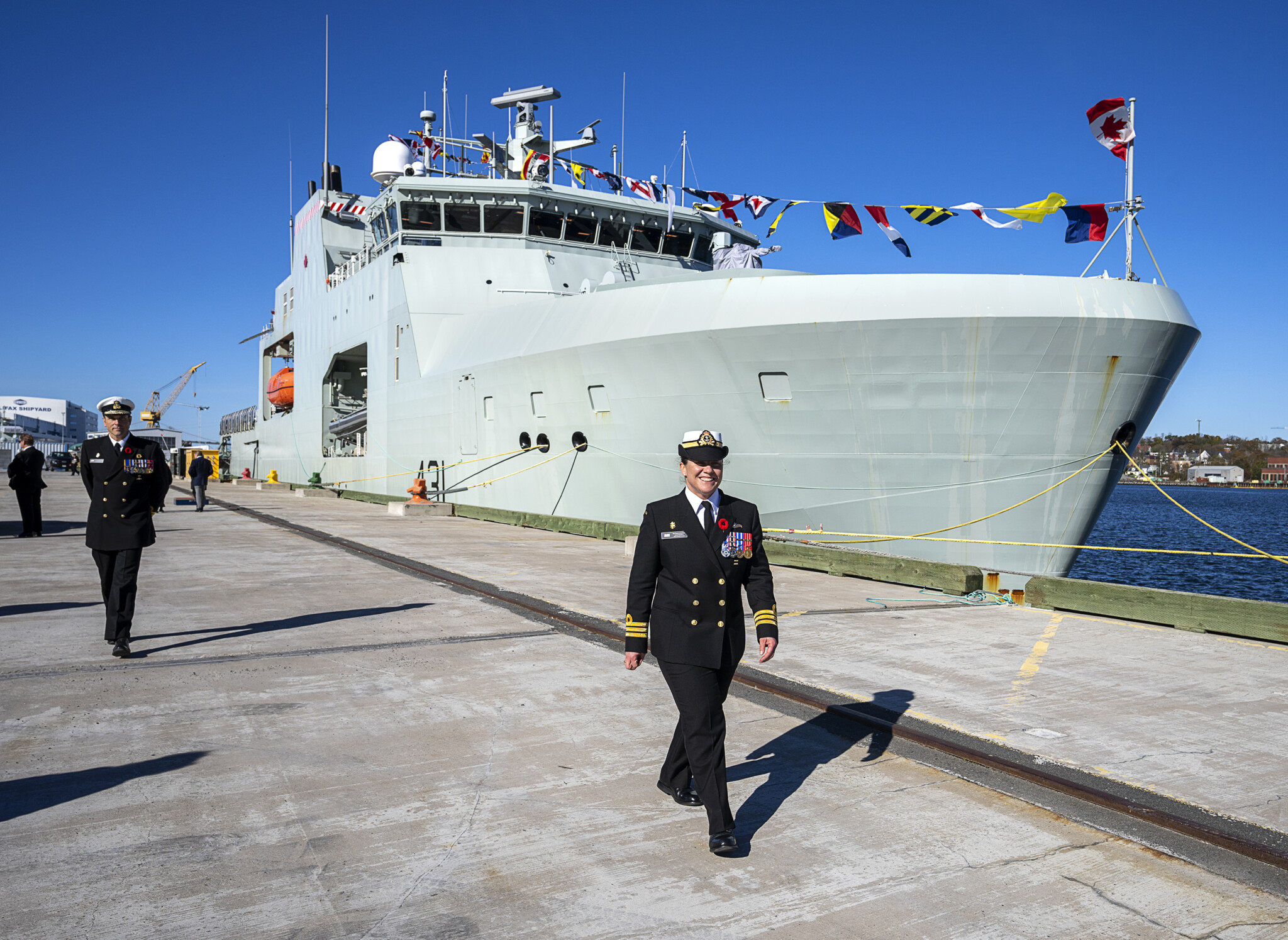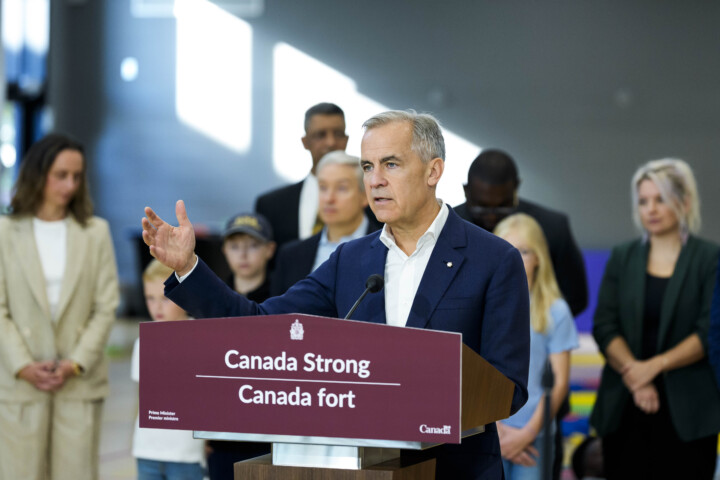It has been a dramatic week for the Royal Canadian Navy and the government of Canada. The situation could be straight out of any coming-of-age teen drama as Canada, confident as can be, is cruising around a house party only to stop dead when they see their rival, posted up by the punch bowl, smirking and flirting with the host: “What are they doing here?”
The setting, in this case, is Havana, Cuba, where the RCN’s HMCS Margaret BrookeThe HMCS Margaret Brooke is one of the new class of Arctic Offshore Patrol Vessels (AOPS) currently being deployed by the RCN, but it is not a major surface combatant like the Halifax-class frigates or forthcoming Canadian Surface Combatant. As its name alludes to, the class of vessel is lightly armed and intended to undertake less demanding patrols in places like the Arctic or the Caribbean to provide security and humanitarian support. was participating in a port of call. The arriving rival? Five Russian naval vessels visiting their Caribbean ally. While this may all seem like an overblown coincidence, the entire series of events illustrates some of the strengths of the Canadian military’s capabilities and, more importantly, some of its long-standing weaknesses in policy formation and implementation.
What is a port of call?
For the uninitiated, port visits have come to occupy a critical place in Canada’s diplomatic and security policy over the past decade. While they have a very long tradition, since 2015 the government has made a significant effort to use them to cultivate diplomatic relations with states, particularly in the Indo-Pacific. During a visit, the local ambassador and Global Affairs Canada (GAC) in Ottawa will organize events around the ship.Much of the research for this article is based on a forthcoming chapter on the RCN’s role in Canada’s Asia-Pacific policy development 2015~2022, in Kenneth M. Holland, ed., Canada and Competing Indo-Pacific Visions of China and the US: Caught in a Foreign Policy Dilemma. London: Palgrave Macmillan, 202 This includes hosting delegations and meetings on the vessel, arranging shore visits, and engaging in humanitarian activities.
Planning a port visit usually occurs months before a vessel departs for a deployment as they require an extensive inter-departmental process. A request to undertake a port visit to Havana, given its sensitivities, would almost certainly come from GAC and/or the prime minister’s office. In these cases, they should be viewed more as a very high-level diplomatic event, with the PMO and the minister of foreign affairs directly involved. From here, the military starts studying the requests’ feasibility as naval vessels tend to have packed itineraries over a deployment—there are exercises with allies, temporary secondment to ongoing multilateral operations, and other port visits that all pull on a schedule.
In this case, it is highly unlikely that the idea would have originated from within the Department of National Defence. Cuba is not an ally, and there are very limited military benefits that would be accrued from a port visit.The RCN presence in the Caribbean has not been large but had some notable successes. A major mission in the region has been Operation CARIBBE, a long-running joint counter-narcotics operation with the United States. In addition, the Navy rushed the HMCS Glace Bay and Moncton from the West coast of Africa to Haiti as the security situation in that country deteriorated. While it had extremely limited consequences on the crisis, Canada’s modest contribution was well received by other regional allies. They are particularly troublesome for crews, requiring a number of additional measures to secure the vessels and personnel in port, as well as extensive diplomatic negotiations. These considerations are part of the reason why visits to Cuba occur relatively infrequently.The RCN has not undertaken a port visit to Cuba since 2016, when the Halifax Class HMCS Fredericton visited the country as part of the Trudeau government’s efforts to thaw relations with the Communist state.
Recommended for You

Canada has been cutting red tape for decades. So why is there even more of it?

‘This is significant’: Hub Politics on Carney’s disappointing budget being overshadowed by a dramatic floor crossing

‘Bet against the president winning’: Could an American Supreme Court ruling save Canadian trade?

Mark Carney delivered a solid, unspectacular budget—with a few worrying red flags





